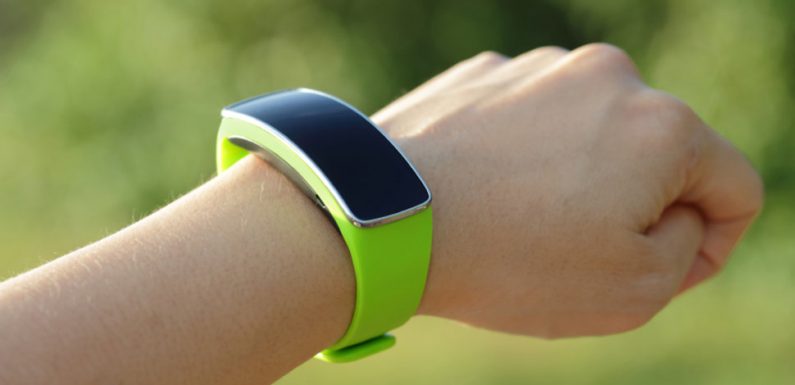

For families of stroke victims, dementia patients and even those recovering from surgery or in rehabilitation, there’s an ever-present fear that something will happen when you aren’t around. What if there’s an accident? What if they fall and can’t call for help? Fortunately, new smart home technology offered by your internet service provider allows families to keep an eye on their loved ones even when they may not be physically present, bringing priceless peace of mind. Here’s how.
1. Video cameras can help ensure safety during home health visits and exercises.
Joint replacement surgeries require regular physical therapy and exercises, much of which must be done at home on a regular basis. Limited mobility can raise concerns about falls, but a video camera placed in a living room or exercise room allows family members to check in during physical therapy routines and make sure their loved one hasn’t fallen or injured themselves.
Many wearable devices also contain accelerometers that can detect falls. If stability and balance are a concern, combining a wearable device with a video camera can provide an even greater sense of security.
2. Wearable devices monitor vitals and can send alerts.
Heart surgery is a highly invasive and often risky operation. Complications can arise quickly and without warning – often before the patient is even aware something is wrong. Wearable devices can monitor heart rate, blood pressure and other indicators, plus send alerts if sudden changes are detected. Many wearables include GPS tracking so emergency personnel can easily locate the person wearing the device.
Wearables can be configured with an SOS feature that alerts pre-selected family members if a potential emergency is detected, such as elevated heart rates and low blood pressure.
3. Automated locks provide increased security.
Most patients are given medication following surgeries to help with pain management. In many cases, these medicines can impair thought processes and cause people to sleep more than normal or otherwise forget about standard day-to-day activities. With an automated smart lock, caregivers don’t need to worry about the security of their loved one’s home; the door will automatically lock itself after a set amount of time or on a pre-programmed schedule. For dementia patients, this can help prevent wandering.
Security systems and motion sensors can also send notifications if the front door is opened during certain periods of time. These systems can be linked to a smart door lock, too, so when one device is triggered, it will set off others. For example, you can program the system so that when the front door is unlocked, the interior lights come on, and a test alert can be sent to a loved one. Smart locks are also helpful for those with issues getting around or seeing well at night – no more fumbling for keys in the dark.
4. Wearable SOS buttons with GPS trackers help locate wandering patients.
One of the greatest fears of any family is that a loved one with dementia will wander off on their own. According to the Alzheimer’s Association, 6 in 10 dementia patients will wander, often leading them to unfamiliar areas. Wandering happens in moments of confusion, and when the patient becomes lucid again, they find themselves confused and unable to get home.
Some wearable devices contain SOS buttons that a patient can press for immediate help. The device connects them to a monitoring station where they can explain their situation, and built-in GPS tracking allows the monitoring station to send help to them no matter where they are. These SOS buttons can also be used in case of falls.
5. Smart pill containers can send reminders about medications.
Forgetting to take required medications is not only a common problem for people with Alzheimer’s; it’s often an issue among people recovering from surgery or a number of other ailments. Tech companies have created a solution. “Smart” pill bottles track whether someone has taken medication that day and can send reminders to the person that it’s time for their medicine. If the patient still doesn’t take the medication, the containers can send alerts to family members and let them know.
This type of device is not as widely available as smart locks, video cameras or other smart home technology (which can be set up easily through your internet service provider as part of an overall smart home security hub). They’ll likely need to be purchased from a specialty medical supplie
Using smart home technology to aid in recovery means striking a balance between privacy and concern. Many patients won’t agree to cameras all over their home, but they might be willing to have one on their front door or simply wear a device that can track their vitals and contact the right people in case of an emergency. While technology is not a replacement for in-person care, it can bring solace to loved ones during a worrisome time.
COURTESY= health.usnews.com

